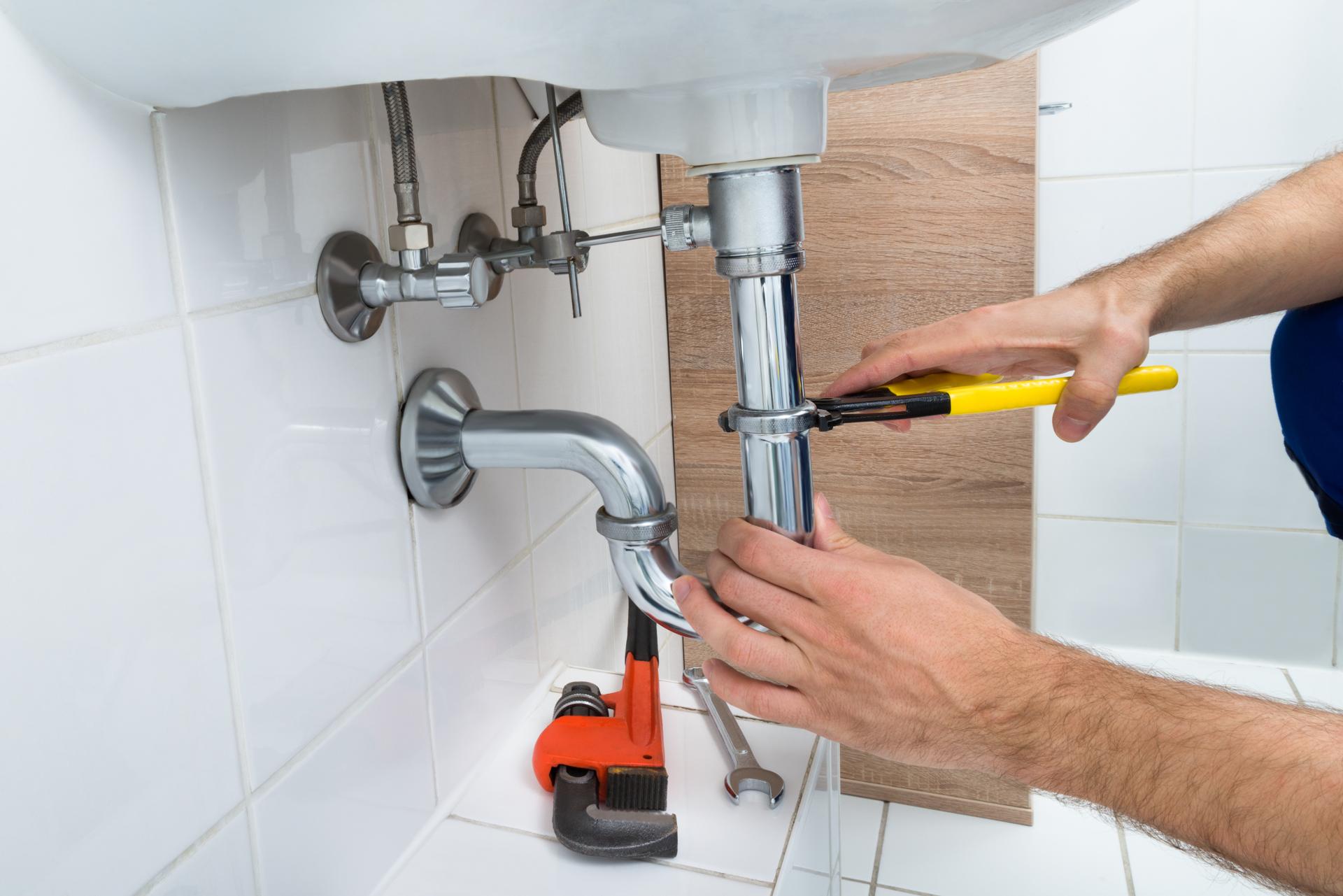Expert Advice on Replacing Your Plumbing and What to Expect and What to Expect

Plumbing is an essential component of every home, providing us with clean water for cooking, drinking, and cleaning, as well as a way to dispose of wastewater. However, like any other system in your home plumbing is likely to get old and need to be replaced.
Being aware of when it’s time replace your plumbing is vital to avoid costly repairs and prevent health hazards. We’ll discuss the signs that suggest that your plumbing is in need of being replaced, what you should consider prior to replacing your plumbing, the procedure for replacing your plumbing as well as the benefits in replacing the plumbing and an FAQ section to address any concerns you may have.
Signs that it’s Time to Replace Your Plumbing
There are many indications that your plumbing needs to be replaced, for example: Leaks If you see water spots or puddles in your house, it’s a indication of a plumbing leak. Leaks can cause severe destruction to the structure of your home and lead to mold growth which is why it’s crucial to address them promptly. Rusty pipes: Rusty pipes are an obvious sign that your plumbing requires to be repaired or replaced. Rust can cause a contamination to the water supply in your home, making it unsafe to drink or cook with. Low water pressure: If your showerheads and faucets produce low flow of water It’s an indication of low pressure water and could be due to corroded pipes or blockages. Water discoloration: Discolored water like yellow or brown, is a sign of sediment or rust in your pipes. It can alter the flavor and quality of your water. It could also be a sign of the need for a plumbing replacement.
Factors to Consider Before Replacing the plumbing
Before replacing your plumbing, there are many things to think about, including: Age of the plumbing system: Plumbing systems have a lifespan of around 50 years, so when your house is older than that, it’s probably that it’s time to replace. Cost of replacement replacing your plumbing could be costly, and it’s important to budget for the cost. The severity of the plumbing issue: If your plumbing issues are extensive and affecting several areas of your house, replacement may be the most effective option.
What to Expect During the Plumbing Replacement Process
The replacement of plumbing requires various steps, which include shutting off your water source Your plumber will have to stop the supply of water to your residence to prevent any water damage or leaks. Removing old pipes The old pipes will have to be removed, which may require cutting into floors or walls. Installation of new pipes New pipes are installed, which might require rerouting to ensure the proper water flow. The length of time for the plumbing replacement process will be based on the size of your house as well as the complexity of the task. The homeowners can anticipate some disruption during the project, which could include water shut-offs, and possibly damage to floors and walls.
Benefits of Replacing Plumbing
The replacement of your plumbing has many benefits, including increased water efficiency new plumbing pipes and fixtures are more efficient, which means reducing the use of water and the cost of your utilities. Improved water quality by replacing older, corroded pipes new ones can improve the quality of your water and make it safe for drinking and cooking. Reduced risk of future plumbing issues The new plumbing will be less likely to create blockages or leaks, thus reducing the requirement for costly repairs in the near future.
Conclusion
The replacement of your plumbing is an expensive purchase, but it’s vital to ensure your home’s safety and comfort. By understanding the signs that indicate your plumbing needs to be replaced, considering the factors before replacement, and knowing what you can expect from the replacement process, you will be able to make an informed decision about the plumbing in your home. Be aware that replacing your plumbing offers several advantages, including improved water efficiency, improved water quality, and a reduced chance of developing future plumbing issues.
FAQ Section
How much does it cost to replace the plumbing?
The cost to replace your plumbing will be contingent on several factors, including the size of your home and the difficulty of the project, and the type of materials employed. In the average, homeowners can expect to pay between $5,000 to $10,000 for a total house plumbing replacement.
How long will it take to replace plumbing?
The length of time needed for plumbing repair will vary based in the area of the house and the difficulty of the work. In general, a complete plumbing replacement can take between two and four weeks.
Do I need to replace my plumbing system if there is an issue with my plumbing?
If you only have one leak in your plumbing, it might not be a need for a complete replacement. If you’re experiencing multiple leaks , or detect other indications of plumbing problems, replacing might be the best solution.
Do I have the ability to replace my plumbing myself?
The replacement of your plumbing can be a difficult task that should be left to a professional plumber. If you attempt to replace your plumbing yourself can result in costly mistakes and potential safety hazards.
What type of pipes do I need to use for my plumbing replacement?
There are several types of plumbing pipes for replacement, including copper, PVC and PEX. Your plumber can recommend the best type of pipes based on your specific needs and budget. To conclude, the replacement of your plumbing system is an important choice that must be taken by taking careful consideration. If you are aware of the indicators that indicate your plumbing needs replacing, taking into consideration the various factors that can affect replacement and knowing what to expect during the plumbing replacement process, you’ll be able to make an informed choice about the plumbing in your home. A professional plumber can help guide you through the process and ensure an efficient and successful plumbing replacement.
